Date: 6 May 2011
Architects at FXFOWLE and Renzo Piano Building Workshop rose to the challenge, designing the first high-rise curtain wall with a ceramic sunscreen to be built in the United States. Glazing contractor Benson Industries teamed with Viracon to create the glass façade and bring the unique design to life.
“The idea for this building was born out of trying to solve a contradiction,” says Dan Kaplan, AIA, LEED, senior partner at FXFOWLE. “We wanted lots of light, lots of transparency, and lots of connection to the outside world, but we also needed to protect the building from too much sunlight and heat.”
The architects’ solution was the first of its kind to be built in this country. The 52-floor building is a rectangular tower with 20 by 30-foot cutouts in each corner. The entire structure is covered in more than 463,000 square-feet of Viracon glass, which is screened by a curtain wall of glazed terracotta tubes that appear to float above the street. At the peak, the building’s ceramic curtain wall extends beyond the roof, creating an ethereal, lace-like effect where the building meets the sky.
While the ceramic sunscreen appears to float over the building, the glass curtain wall shines through the ceramic rods, adding sparkle to the exterior. The challenge was to find a glass that would be suitably transparent while also providing solar protection.
Viracon Solution: Low Iron Glass with Viracon’s Low-E Coating
To create the desired aesthetic and performance, the architects specified an insulating glass configuration with Viracon’s VE13-2M, a low-iron glass with a high-performance low-e coating.
“Glass selection was very important in creating the rich architectural experience we wanted,” says Kaplan. “From the inside-out, people get a layered perspective – columns, blinds, glass, the sunscreen support structure, the ceramic rods themselves, and then the outdoor view. It is a complex visual experience, and one that is unusual for a high-rise.”
Low-iron glass was selected for its color clarity and sense of transparency, as architects wanted to avoid any tint that might diminish the layered effect. A VE low-E coating gives the glass enhanced performance, balancing light transmission and solar energy control. The coating offers high visible light transmittance, low exterior reflectance and the lowest U-values available, which reduces radiant heat transfer.
While the external ceramic sunscreen provides additional solar control on the four main walls, it does not cover the inset corners. To increase control in these corners, architects added a white silk-screened ceramic frit pattern. Viracon worked with the design team to create a horizontal gradated pattern of white dots that mimics the horizontal rods of the exterior walls.
“In this project, the silk-screened pattern functions similarly to the sunscreen. It allows natural light to enter the building but reduces solar heat gain, which helps minimize energy consumption,” says Rick Voelker, vice president of Technical Services at Viracon. “Because Viracon can create virtually any silk-screened pattern and combine it with any of our substrates or coatings, we can customize the solar performance and visual aesthetic of any project.”
According to Kaplan, sustainability was a key concept in the design of the building, and many of the building’s features were developed with solar control in mind. The sunscreen, the insulating low-e glass, and the ceramic frit provide enough solar control that architects could add floor-to-ceiling windows without increasing energy requirements for cooling the building. In fact, ceilings actually step up as they reach the windows, creating a bright, airy interior environment.
A dynamic shade and lighting system also automatically adjusts to daylight conditions, raising or lowering interior shades, and dimming or brightening interior lights as needed to create a consistent, evenly lit interior throughout the day.
“We have done and continue to do a lot of work with Viracon,” says Kaplan. “One of the reasons we selected their glass for this project is because they are able to achieve a superior balance between solar control and transparency. This helped us create a transparent, open, and sustainable building.”
Construction on the building was completed in 2007, and the finished project lives up to its iconic design. With its sparkling clear glass and veil-like ceramic sunscreen, the New York Times Building is truly one of New York City’s architectural gems.

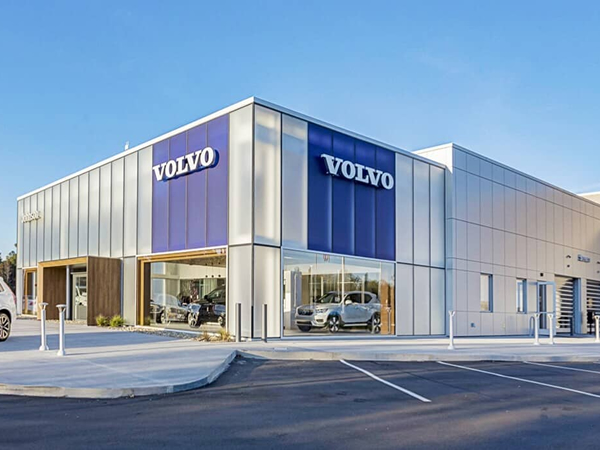

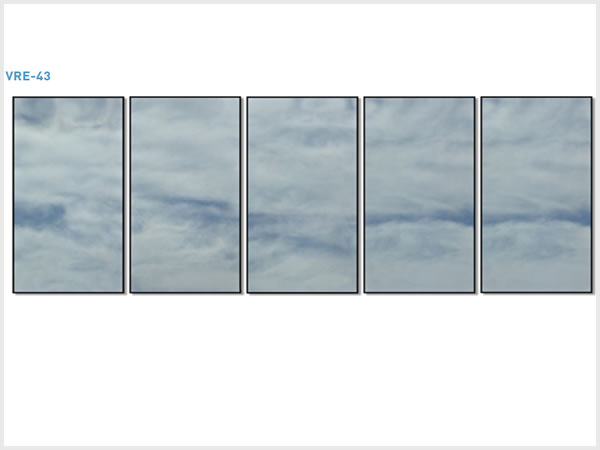
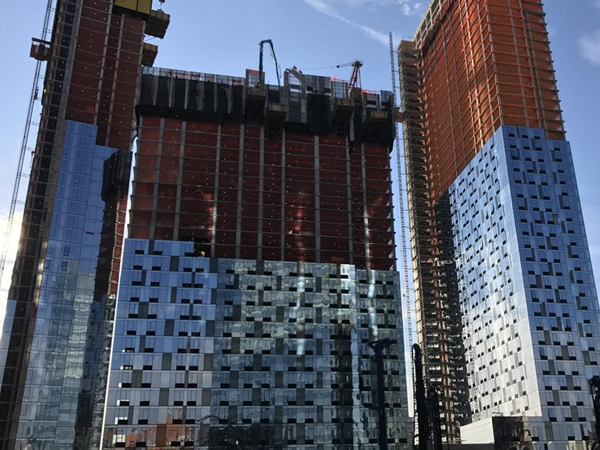
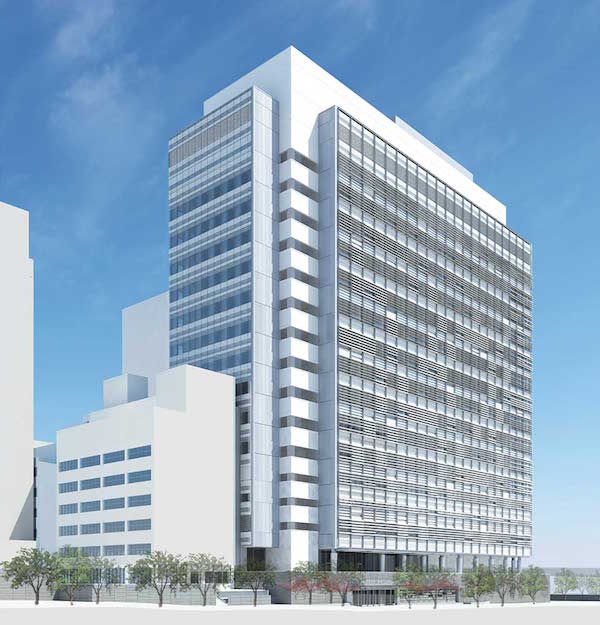
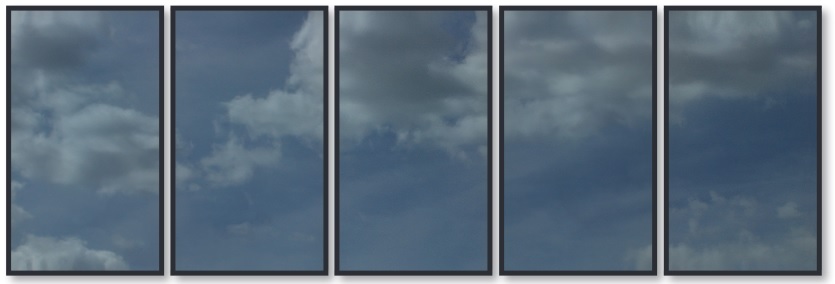
Add new comment